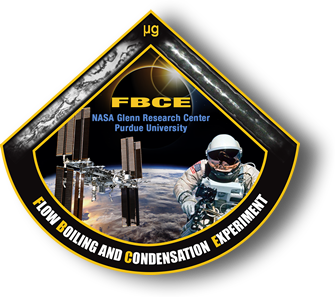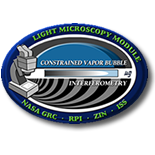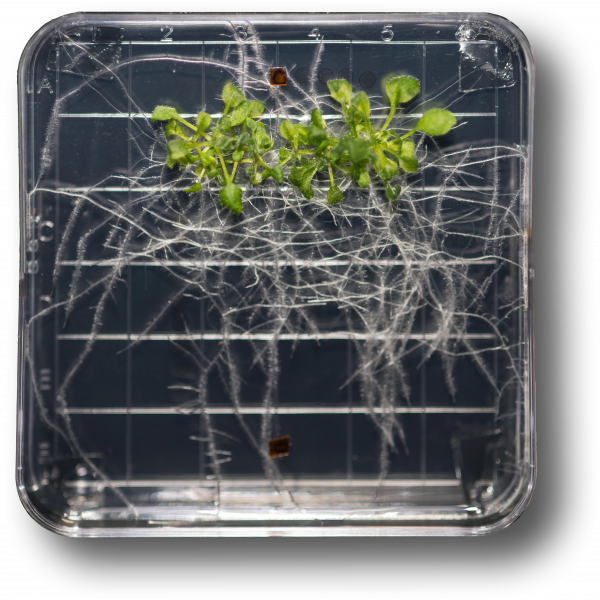Fluid Science
Light Microscopy Module (LMM)
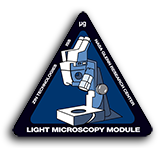

The Light Microscopy Module (LMM) is a modified commercial, highly flexible, state-of-the-art light imaging microscope facility that provides researchers with powerful diagnostic hardware and software onboard the International Space Station (ISS). The LMM enables novel research of microscopic phenomena in microgravity, with the capability of remotely acquiring and downloading digital images and videos across many levels of magnification. The way that matter is organized and moves on the microscopic level profoundly affects the macroscopic world and an understanding of such processes helps scientists and engineers build more efficient materials and machines both for both the earth and space environments.
https://www1.grc.nasa.gov/space/iss-research/iss-fcf/fluid-science/lmm/
Advanced Colloids Experiments (ACE)

To remove gravitational jamming and sedimentation so that it is possible to observe how order arises out of disorder and to learn to control this process. Small colloidal particles can be used to model atomic systems and to engineer new systems. Colloids are big enough (in comparison to atoms) to be seen and big enough and consequently slow enough that their evolution can be recorded with a camera. With a confocal microscope, templates and grids, we can observe this process in 3-d and learn to control it.
https://www1.grc.nasa.gov/space/iss-research/iss-fcf/fluid-science/lmm/ace/
Flow Boiling and Condensation Experiment (FBCE)

The proposed research aims to develop an integrated two-phase flow boiling/condensation facility for the International Space Station (ISS) to serve as a primary platform for obtaining two-phase flow and heat transfer data in microgravity. By comparing the microgravity data against those obtained in Earth’s gravity, it will be possible to ascertain the influence of body force on two-phase transport phenomena in pursuit of mechanistic models as well as correlations, and to help determine the minimum flow criteria to ensure gravity independent flow boiling and condensation. This research will be a joint effort between the Purdue University Boiling and Two-Phase Flow Laboratory (BTPFL) and the NASA Glenn Research Center. Personnel from the two organizations combine extensive experience in research and development of both flow boiling and condensation systems, and in conducting microgravity experiments.
https://www1.grc.nasa.gov/space/iss-research/iss-fcf/fluid-science/fbce/
Constrained Vapor Bubble (CVB)

The thermophysical principles underlying change-of-phase heat transfer systems are not well understood in microgravity conditions and are less than optimized even in earth gravity. This experiment proposes basic experimental and theoretical studies of the nonisothermal Constrained Vapor Bubble (CVB) under microgravity conditions. The CVB represents a passive, wickless heat pipe ideally suited to obtain engineering and fundamental data on phase change heat transfer driven by interfacial phenomena. The proposed study represents a basic scientific study in interfacial phenomena, microgravity fluid physics and thermodynamics, a basic study in thermal transport and an engineering study of a passive heat exchanger. This optical study of vapor bubbles constrained in transparent glass cells at variable temperature increases the basic understanding of heat and mass transfer at phase-change interfaces. The information obtained from the study optimizes the design and operation of passive heat transfer devices for earth and microgravity environments and is critically important for the successful completion of long-term lunar and Mars missions.
https://www1.grc.nasa.gov/space/iss-research/iss-fcf/fluid-science/lmm/cvb/
Advanced Plant EXperiments (APEX)
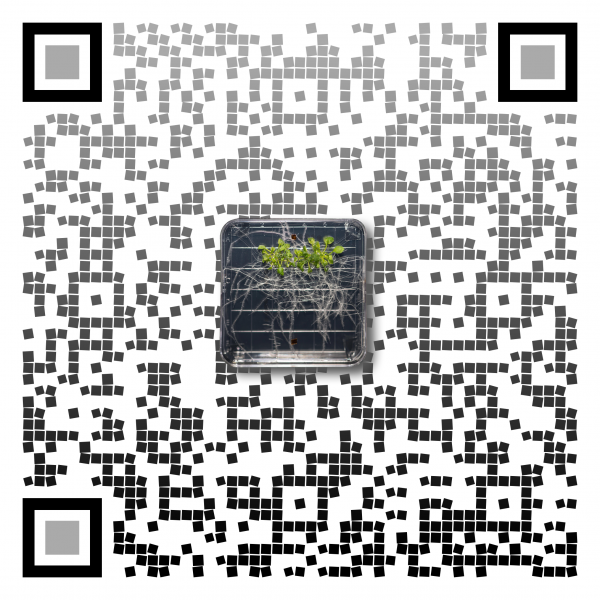
Advanced Plant EXperiments-03-1 (APEX-03-1) continues a highly successful investigation into the effects of microgravity on the development of roots and cells on plant seedlings. The experiment uses the model plant Arabidopsis thaliana, or thale cress, which is grown in Petri plates for a specified duration. After the growth period, the plants are photographed, harvested, and preserved for return to Earth and detailed analysis.
https://www1.grc.nasa.gov/space/iss-research/iss-fcf/fluid-science/apex/


